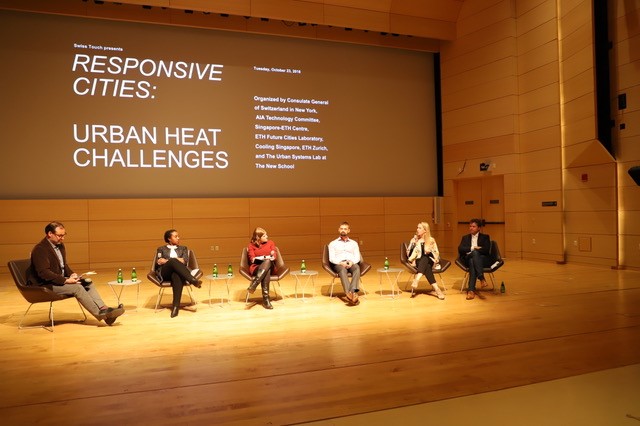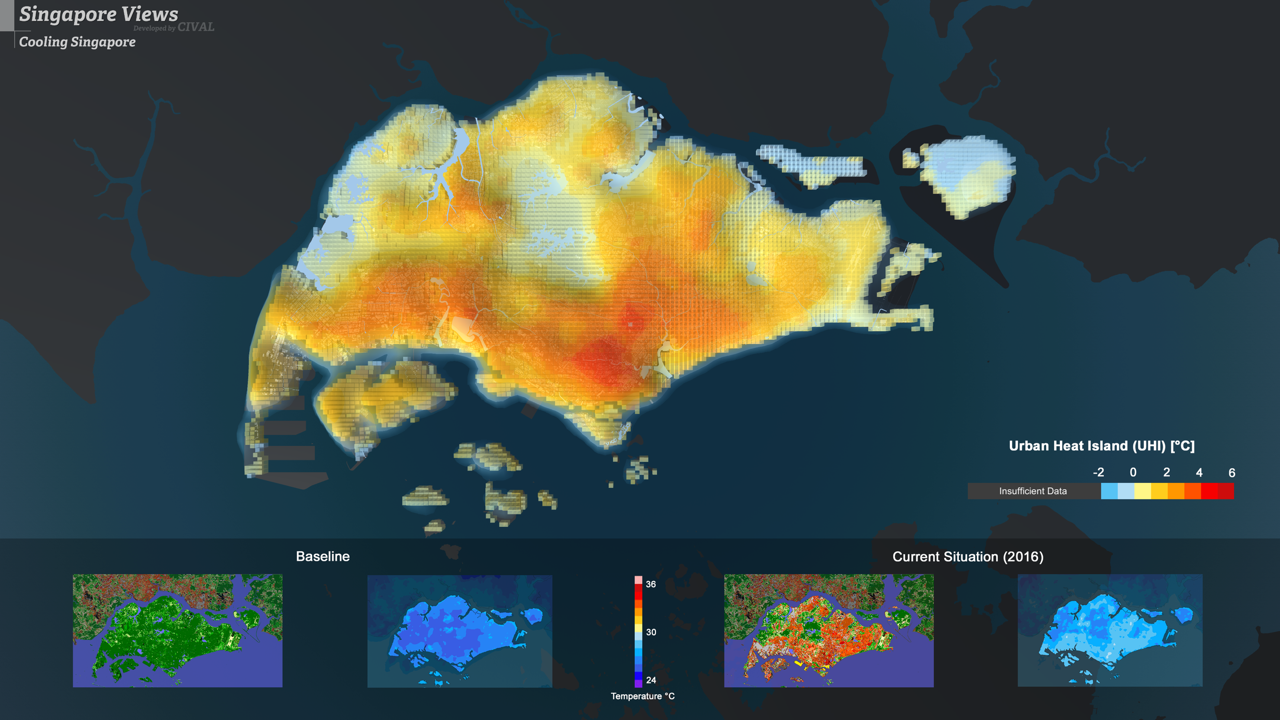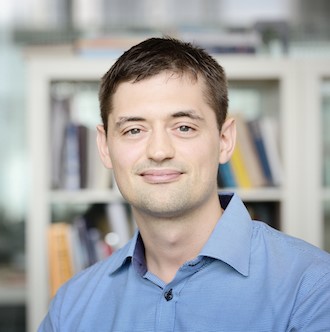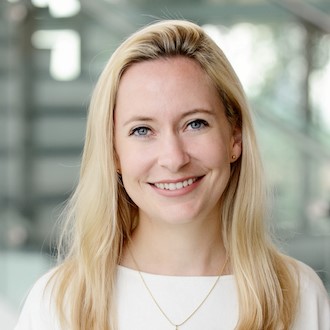Coming from the tropical city of Singapore and being used to high temperatures, high humidity and low wind speeds we quickly realised that, in comparison, New York City feels rather windy and cold around this time of the year. However, despite this chilly impression, New York City is facing challenges with its Urban Heat Island (UHI) – just like Singapore. This was a great opportunity to talk about the Cooling Singapore project and learn from our fellow speakers what is done about similar issues in New York City.
Some of the main topics discussed during the event were the impact of the UHI effect and thermal discomfort, both representing a serious challenge to cities and their inhabitants. Growing populations, densification of the urban environment, reduced vegetation and increased energy consumption, all contribute to this challenge. The detrimental impact of the UHI effect on health, the economy and liveability in general is subject to intense studies and research. How can cities respond to this challenge? This and other questions were intensely debated during the 'Responsive Cities: Urban Heat Challenges' panel on 23 October 2018 at the Parsons School of Design.






